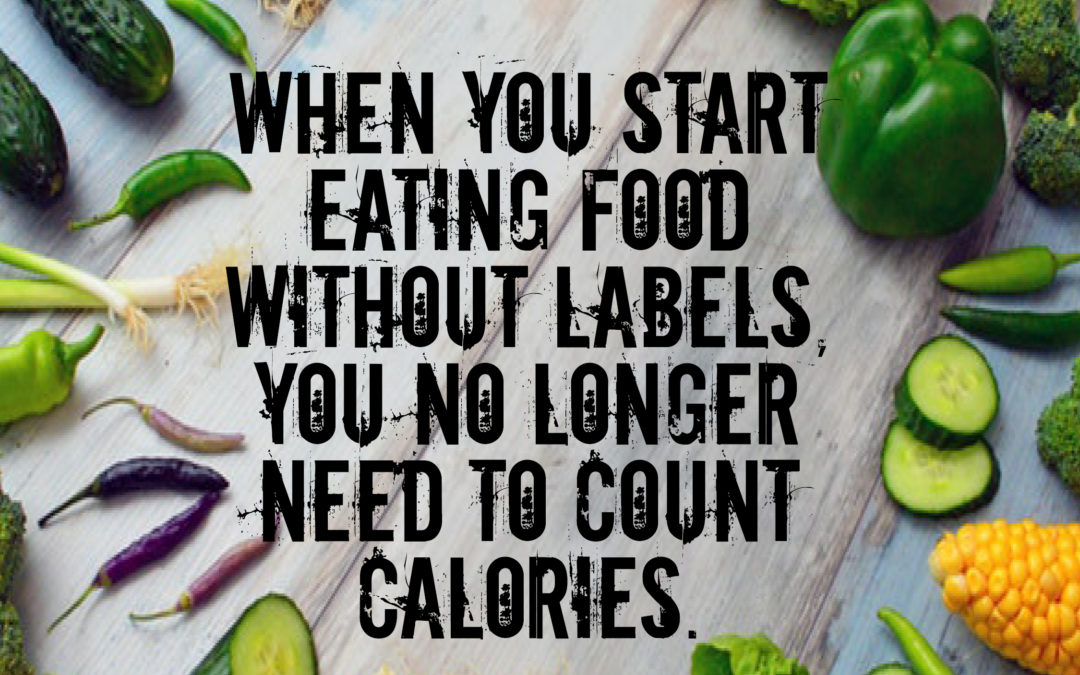*Disclaimer: This is not meant to be an exhaustive analysis of all the facets of this diet. It is an overview focusing on lifestyle changes required. As with any diet change, we strongly recommend you speak to qualified professionals, including your doctor, regarding your health and wellness.
The Paleo (short for paleolithic) Diet is about figuring out how our paleolithic hunter/gatherer ancestors ate and only consuming food that would have been available to them at that time. The reason for this is often summed up by the thought that there has not been enough time for our genome to adapt to the more modern agricultural world.
The agricultural revolution only happened about 10,000 years ago (give or take) and in the grand scheme of human evolution (millions of years) that is not long at all. The idea is that we have not fully developed the capability to safely and completely digest foods developed during the last 10,000 years. This includes things like grains (wheat, corn), legumes (peas, green beans), and dairy to some extent.
The crux of the diet does emphasize clean unprocessed foods which can be a benefit for almost anyone. It does involve a fair amount of restrictions on what is “paleo” though, which can be difficult for people to adjust to and maintain over the long haul.
There is also a large amount of emphasis placed on redistricting or removing sugar of any kind. Not generally a bad thing at all, but again, it can be difficult for people to stick to.
One issue I see with this way of eating is people end up trying to “paleoize” modern foods. They crave bread, muffins, cupcakes, and other foods that tend to be made with wheat flour, and usually sugar. This sends people on a quest to make their favorite foods in a way that technically falls within the paleo restrictions but ends up being well outside the “spirit” of the concept.
This way of eating does require a fair amount of planning but is not as restrictive or difficult to follow as some other ways of eating. Eating out and travel tend to be a bit easier if you are willing to order off the menu a bit. Burgers without buns, salads with chicken, steak, or fish and other things like that tend to work well to keep people on track.

